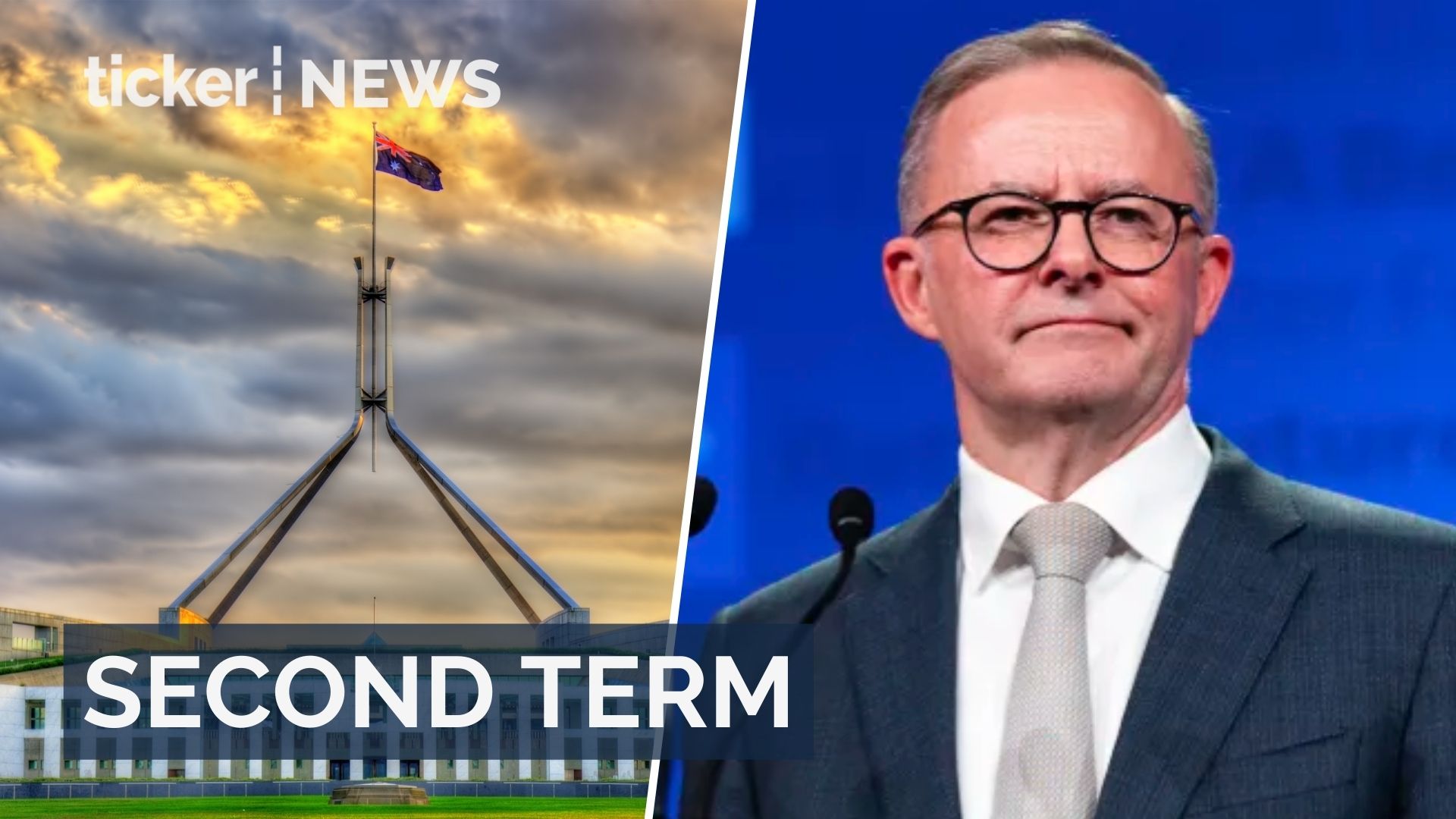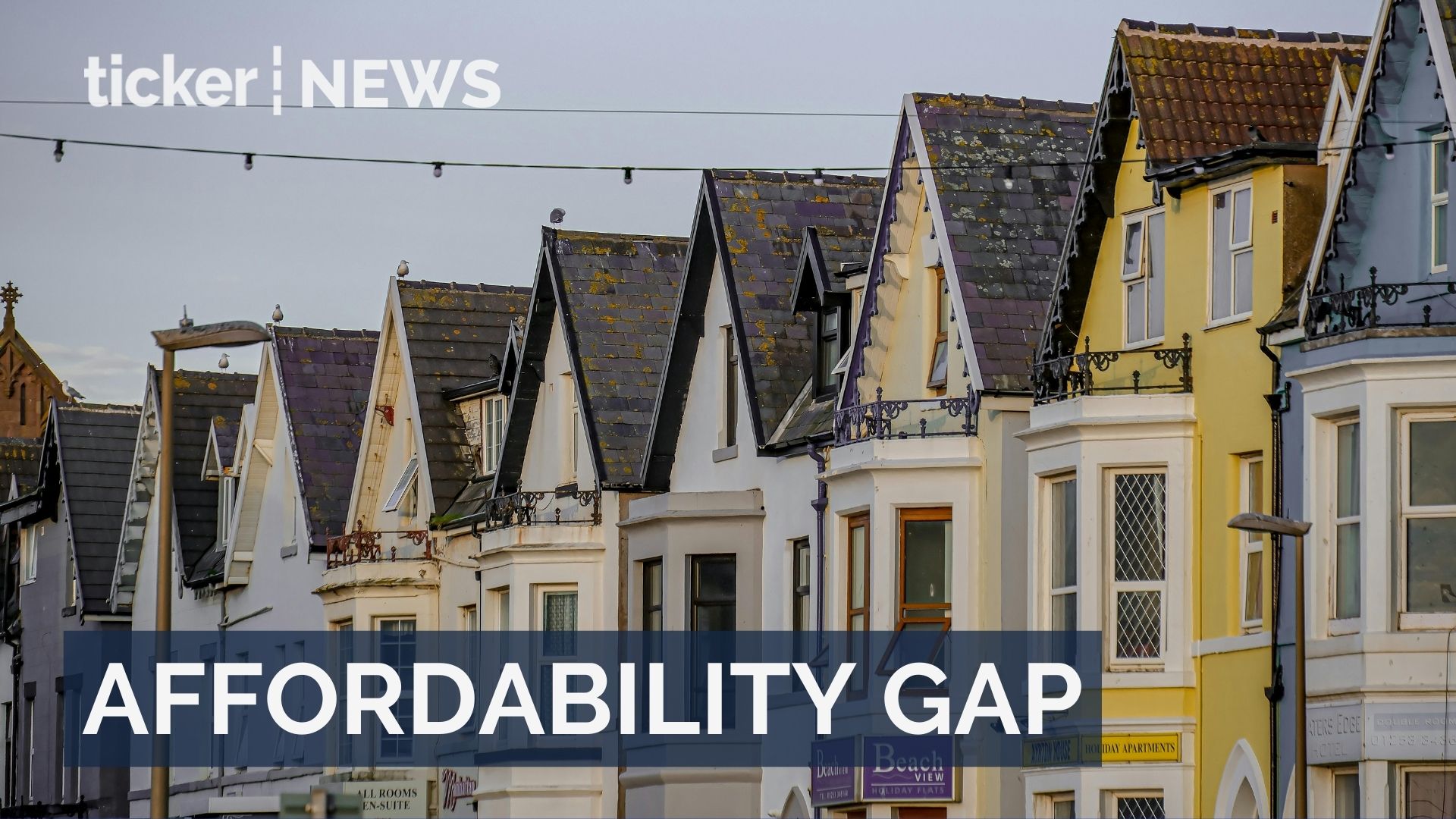Yee-Fui Ng, Monash University; Helen Hodgson, Curtin University, and Intifar Chowdhury, Flinders University
Labor’s historic election victory means the Albanese government has a rare opportunity to pursue a big, bold reform agenda. The scale of the victory all but guarantees a third term in office after the next election in 2028, and entrenches Anthony Albanese’s authority as prime minister.
The government may opt to play it safe and limit its legislative agenda to the policies it took to the election. But if it was to chance its arm, which substantial changes should it pursue that could make a real difference to Australia’s long-term future?
We asked three experts to nominate the top policy priorities for a second Albanese government. Here are their responses.
Yee-Fui Ng
Associate Professor of Law, Monash University
Advancing Voice and Truth with Indigenous Australians should be a priority. This would build on the comprehensive rejection of the politics of division by the Australian people.
After the defeat of the Voice referendum on Indigenous constitutional recognition, the Coalition reignited the culture wars by criticising “woke” schools and Peter Dutton’s attack on Indigenous welcome to country at Anzac Day ceremonies.
But that negative message did not resonate with modern multicultural Australia, with its diverse population and identities. Anthony Albanese and Penny Wong’s victory speeches on Saturday night emphasised a kinder and more inclusive politics, where all Australians are recognised and no one is left behind.
The Labor government now has a strong mandate to take more significant action on Indigenous issues. Aboriginal people experience higher rates of incarceration, and significant disparities in health, education and employment compared to non-Indigenous Australians. Reform measures could be introduced through legislation, rather than by trying to change the constitution.
ChameleonsEye/Shutterstock
Another pressing reform is bolder action on climate change. There is a growing urgency to tackle the effects of global warming, with an increase in environmental degradation and natural disasters globally.
Peter Dutton’s proposal to build seven nuclear reactors on Australian soil was comprehensively repudiated at the election.
European countries have harnessed the potential of regenerative energies, with the proliferation of wind farms and electric cars. Australia needs to lift its game and be on the same path towards a more sustainable future.
We are custodians of the Earth for future generations. It is incumbent on the Labor government to put forward a stronger agenda for a cleaner, more liveable planet.
Helen Hodgson
Professor at Curtin Law School and Curtin Business School, Curtin University
Second terms are often regarded as the best time strategically for governments to legislate difficult, but necessary reforms. It will be no different for the re-elected Albanese government, which will command a large majority in the new parliament.
Genuine tax reform should be a priority for Labor over the next three years, starting with a reduction in the 50% capital gains tax (CGT) discount and taxing superannuation withdrawals on high balance accounts.
While many people consider negative gearing to be the main concern in relation to investment in housing, reforming the CGT discount would be a more effective way to address increases in housing prices.
Negative gearing is only effective as a wealth-building strategy if there is a payoff at the end through the concessional taxation on the capital gain. Reducing the CGT discount would limit the appeal of negative gearing.
It would also flow through to other forms of investment that might not be delivering productivity gains, including some investments within family trusts.
Reforming CGT would revisit a contentious Labor policy that was roundly rejected at the 2019 election. But the housing crisis has deepened since then and many voters would now see an overhaul as necessary and timely.
The second recommendation I would make would be to address the inequalities that arise from tax exempt superannuation. Prior to 2007, withdrawals from super funds were taxed concessionally, but were not fully exempt.
In the retirement phase, members are required to withdraw a minimum amount from their superannuation accounts. But these days they do it totally tax-free.
The government should consider taxing these withdrawals, subject to a tax credit that reflects the tax paid by the fund prior to retirement phase. It would also be subject to the existing Seniors and Pensioners Tax Offset, which can reduce the amount of tax paid.
The rates of these credits could be tweaked to ensure that only those in the wealthiest 20% are affected. This would level the playing field so the tax payable by most retirees with modest superannuation balances would fall within these two concessions.
These two reforms would help reduce wealth inequality in Australia and raise funds for social spending, including increases in the JobSeeker payment.
Intifar Chowdhury
Lecturer in Government, Flinders University
Despite being one of the most pressing concerns for young Australians, mental health did not get much airtime during the election campaign.
This is striking given the evidence. According to the 2024 Australian Youth Barometer, 98% of young people aged 18–24 report feelings of anxiety or depression, and nearly 40% experience a diagnosable mental disorder in any given year. These aren’t fringe numbers, they are endemic.
Labor has pledged $1 billion to expand access to free public mental health care, with a welcome focus on young people. But funding more services is only part of the solution.
Experts argue that simply increasing the number of people given access to treatment and support won’t go far enough if those people only receive short term or fragmented care. A more meaningful step would be to double the number of free sessions available to people suffering complex mental health needs. Good care takes time, trust and continuity.
More fundamentally, the current policy focus remains too clinical. By contrast, the most effective models for youth care are more holistic. Many young people grappling with mental illness are also dealing with unstable housing, drug use, educational disruption, or loneliness.
Psychosocial supports such as social workers, peer mentors and housing liaisons, are essential to wraparound care. Yet, they remain underfunded.
The new Medicare Mental Health Centres and Youth Specialist Care Centres, which were promised by Labor during the campaign, should not just offer more of the same. Policymakers must rethink the model entirely: multidisciplinary, community-driven, culturally safe, and youth-informed.
They must also address why young men, who make up a majority of suicide deaths, are the least likely to seek help.
Mental health policy should be local, flexible, and expansive. Right now, it still feels centralised, cautious, and underdone.
Improving the mental health and wellbeing of all Australians, especially young people, would be a valuable way of ensuring the government doesn’t squander the time and space its been given by voters to do something truly valuable and reformative.
Yee-Fui Ng, Associate Professor, Faculty of Law, Monash University; Helen Hodgson, Professor, Curtin Law School and Curtin Business School, Curtin University, and Intifar Chowdhury, Lecturer in Government, Flinders University
This article is republished from The Conversation under a Creative Commons license. Read the original article.























